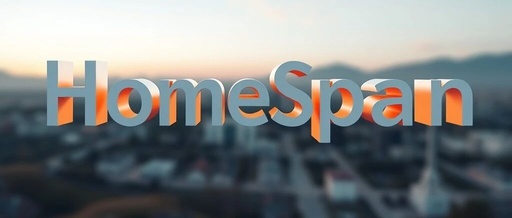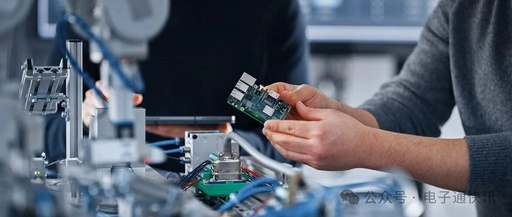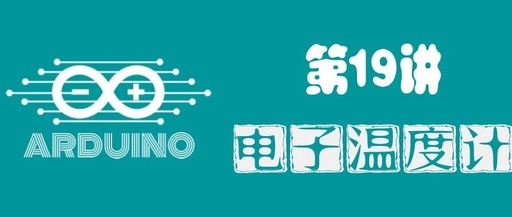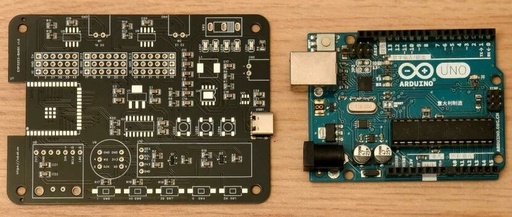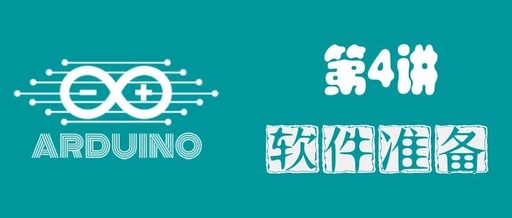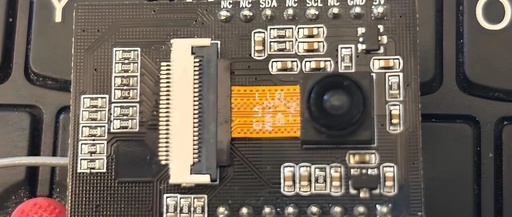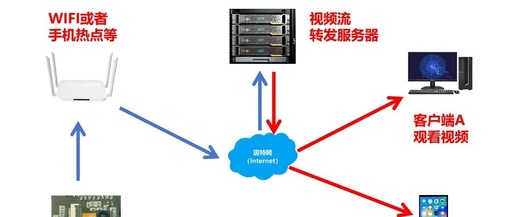HomeSpan: A Powerful and User-Friendly Arduino Library for Building ESP32-Based HomeKit Devices
What is HomeSpan HomeSpan is a powerful and user-friendly Arduino library designed to help developers build HomeKit devices based on the ESP32. Developers can easily create applications in the Arduino IDE without the need for additional bridging devices or components. Basic Requirements for Using HomeSpan To run HomeSpan, ensure that specific version requirements are met. … Read more
